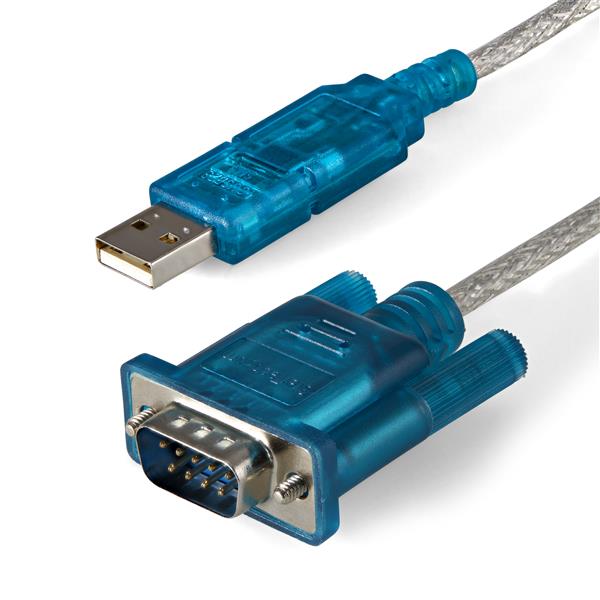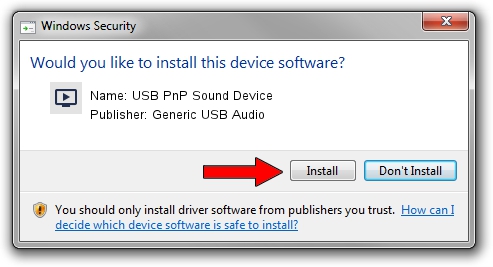

- USB 2.0 DRIVER WINDOWS XP INSTALL
- USB 2.0 DRIVER WINDOWS XP SERIAL
- USB 2.0 DRIVER WINDOWS XP UPDATE
- USB 2.0 DRIVER WINDOWS XP TRIAL
You could supply a new device driver by clicking the Update Driver button. If you have anything else, then you have a couple of options available to you. The Digital Signer should be Microsoft Windows XP Publisher. Unless you are running some abnormal hardware, the Driver tab should list the Driver provider as Microsoft, as shown in Figure B. To do so, right-click on a USB component and click Properties and select the Driver tab. While you have Device Manager open, I also recommend you check the driver that is being used for your USB ports. If a device is disabled, you can enable it by right-clicking the device and selecting Enable from the resulting shortcut menu.

Regardless of how many USB Universal Host Controller and USB Root Hub entries your PC has, if any of the icons have a red X over them, they've been disabled.
USB 2.0 DRIVER WINDOWS XP SERIAL
Some motherboard manufacturers may place multiple ports on a single USB controller while others place each port on a separate controller.Įxpand the Universal Serial Bus Controllers node to look for problems. I'm not entirely sure why this is, but I assume it depends on the PC's motherboard. Depending on your PC, there will either be a USB Universal Host Controller and a USB Root Hub listed for each of your computer’s USB ports or a USB Universal Host Controller and USB Root Hub for multiple ports.Īll of my test machines, for example, have a separate USB Universal Host Controller and USB Root Hub entry for each USB port, as shown in Figure A, while my editor's HP Kayak has a single USB Universal Host Controller and USB Root Hub for both his machine's ports. Beneath this node, you should see a USB Universal Host Controller and a USB Root Hub. To determine whether the USB controllers are working properly, open Device Manager and expand the Universal Serial Bus Controllers node. Otherwise no USB devices will work on XP.Ī problem with Windows XP’s USB Controller configuration can also prevent any USB devices from working. Although the option's actual wording varies among BIOS manufacturers, you must enable this option by setting it to either On or Yes (depending on your BIOS manufacturer and BIOS version). On some computers there is a configuration option in the BIOS that asks whether an IRQ should be assigned to USB. When Windows XP won't recognize any USB device, regardless of which port it's connected to, there is likely a BIOS or Windows configuration problem. Windows XP's failure to recognize any USB devices For more information on ensuring your hardware plays nice with Windows, check out this TechRepublic article from John Sheesley.
USB 2.0 DRIVER WINDOWS XP TRIAL
Sometimes it just comes down to a process of trial and error. I've seen devices listed on the XP HCL not function properly and devices not listed on the HCL function perfectly, depending on the particular driver used. Unfortunately, neither action is guaranteed to solve the problem.
USB 2.0 DRIVER WINDOWS XP INSTALL
You should also download and install the latest device drivers. Check the Windows XP hardware compatibility list (HCL) and manufacturer’s site for information regarding XP compatibility. If you encounter a problem after upgrading, you'll first want to determine whether the device is compatible with XP. Here are some examples of the more common USB configuration problems, and their corresponding solutions.Īs with other peripherals, it's not uncommon for USB devices to cause problems after upgrading a computer from Windows 98, Me, or 2000 to XP.

When USB devices fail to function properly in Windows XP, you should tailor your troubleshooting efforts to the type of problem and when it occurs. While I think it's fair to say that USB devices are generally easier to configure and less prone to problems than their serial- and parallel-based ancestors, problems can still occur.


 0 kommentar(er)
0 kommentar(er)
